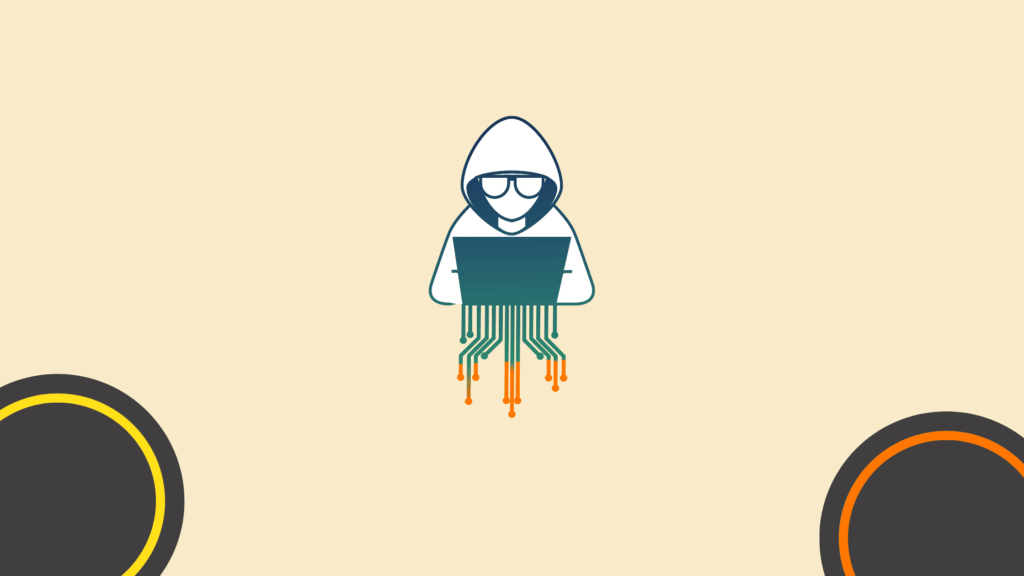Navigating Brand Growth: Strategies to Flourish While Safeguarding Against Frauds
When responsible for a brand’s growth, neglecting even the smallest of problems can lead to bigger challenges down the road. So, how do you navigate this growth while also protecting your business from fraud?
Business fraud is much more common than you might think. The thing is, a financial fraud won’t only affect your finances but damage your brand’s image. And just like that, the trustworthiness of your valued customers will be gone.
It’s time you start thinking outside the box. Flourishing while safeguarding your brand and customers is possible, and this article will show you how.
Chapters
Why brand growth is important

Let’s say you already have an established business with a loyal customer base. This has maybe worked until now but times are changing. And knowing there’s a plethora of businesses, customers are looking for more. They’re looking for the best.
You must always find new ways to grow – whether this means improving your offers, enhancing customer experience, or expanding your clientele. But making your customers feel safe surpasses them all. And that’s what we’ll focus on in the next section.
How frauds affect your brand growth
Unfortunately, expanding your reach and influence comes at a cost – you become a potential target for malicious activities. This means your finances, reputation, and customer’s personal information, alongside their trust, are all put in danger.
If not implementing robust security measures, your business can lose a significant amount of money you’ve worked hard for. And this can happen overnight. Additionally, customers are likely to part ways with your business, as their data is no longer safe. Think about it -is there really a place for brand growth without security and trust?
Fraudsters are everywhere and can attack anytime. The first thing you need to do is figure out the most prevalent types of fraud you, as a business, will be facing. This way, you can develop a strategy incorporating safeguards against these problems.
- Account takeover: An account takeover is a scenario where a malicious party (a hacker or a thief) steals your customer’s account information. Since this is a pre-registered account, your site might not see anything suspicious. You may insist on two-factor authentication (especially if they log in from a different device).
- Friendly fraud: Friendly fraud is problematic because your customers conduct it. In other words, there are no scammers or thieves; your customers are trying to scam you. This type of fraud is incredibly difficult to prove, and the chargeback costs are a serious problem.
- Identity theft: A thief may register under someone else’s name, using their SSN, ID number, or credit card. The problem is that there’s no account takeover since the original person never registered on your site. This makes it difficult to figure out.
- Synthetic identity theft: This is a scenario in which an identity thief uses some of one’s personal information (like their SSN) to develop a completely new person. The problem is that you’re not dealing with a real customer but someone who can bear the consequences of their malicious actions.
- Payment fraud: Sometimes, a thief will try to pay with a stolen credit card or apply for a loan in someone else’s name. This causes a problem for both the business and the person whose information was stolen.
Even this long list is incomplete. There are also ransomware attacks, phishing, pharming, and more. Make sure you have enabled DMARC policy and keep your eyes open.
Strategies for safeguarding your business against fraud

In a world so interconnected, it’s become crucial to safeguard your business against potential fraud. This is particularly true if you’re going through a period of significant brand growth. While there’s no such thing as being completely safe, there are strategies you can implement to minimize the risk.
Choosing the right fraud prevention tool
There’s so much to consider when picking the right fraud prevention tools. First, you must understand that you seek a tool that meets your needs and objectives. There’s no such thing as an objectively best software, only the best tool for your business’s current needs.
You must also do some research on the subject matter. You can’t tell which platforms are superior to others without first developing a reference point. Therefore, you may want to see this comparison of the best fraud detection software in the market to develop a sense of what’s going on.
Generally speaking, you’re looking for:
- Accuracy rate and false positives: Sometimes, your platform will get it wrong. This is not an exact science. Accusing your client falsely isn’t a big problem, but what if you’ve made a mistake? What if you’ve repeatedly made mistakes? How long will it take for them to get too frustrated to keep doing business with you? You don’t want to find out.
- Machine learning: It’s normal for any tool to be crude initially, but it should become exponentially more reliable with time if it has decent AI capabilities and a great machine learning algorithm.
- Scalability: In the first paragraph of this section, we’ve mentioned the importance of considering your current needs. The current is fine, but what about the future? Always consider the potential for scalability.
- Cost vs. value: The most expensive tool is not necessarily a problem if you get more for it. It’s always cost-to-value that you need to assess, not fixate on the cost alone.
There’s no talk about effective fraud prevention without the right tools, but the definition of RIGHT varies by the person defining it. Make sure you know what you’re talking about.
Ensuring secure online transactions
When someone brings up the term fraud, you have so many things in mind as a brand. We’ve spent the entire first section of the article listing just some of the many possible forms of fraud. For a consumer, this idea usually revolves around the safety of transactions.
- Customers want to know you won’t scam them out of their money.
- They want to know that there will be no hiccups regarding the payment process.
- Customers want their financial information (whether it is a credit card or PayPal) to remain safe.
There are several ways for you to achieve this.
You first want to make sure that you have a safe website infrastructure. This involves the use of HTTPS encryption. If you’re using third-party plugins and software, the only way to trust them is to keep them updated. Lastly, you need a strong firewall in place. On top of this, you should also add one of the tools we’ve addressed in the previous section to the mix.
When choosing which gateways to use, check their reputation first. Sure, you want as many gateways as possible for inclusivity and to expand your potential customer pool. Still, sometimes, taking a risk is just not worth it.
Leveraging analytics for fraud prevention

To spot fraud in time, you need as much help as possible. Fortunately, by gathering the right data and analyzing it with reliable tools, you can get one step closer to this.
Your data on each individual consumer is important for behavior analytics. After all, to recognize one’s suspicious behavior, you must first have a reference point of what constitutes normal behavior. This way, you can build predictive models that will help you track and recognize fraud.
Needless to say, all the data you’ve gathered is sensitive information. If it fell into the wrong hands, this could spell a disaster. You must also check the compliance to see which data you can legally access.
The point of these methods is to detect fraud before it’s too late. This is why you need to engage in real-time monitoring. From a pragmatic standpoint, nothing else really makes sense.
Educating customers
Throughout this article, we’ve hinted that there’s only so much you can do as a brand. If your audience is reckless, they’ll compromise their safety, and there’ll be nothing you can do about it. Just think about it: if a customer is willing to share their username and come up with an easy-to-crack password (their kid’s birthday), no system in the world can protect them.
Therefore, to keep everyone safer and your system more reliable, you need to find a way to educate your consumers. There are several mediums through which you can do so:
- Informative web content
- Educational articles and blog posts
- Social media awareness campaigns
- Interactive quizzes and games
Remember that the most valuable content is shorter and interactive. After all, while it is in their best interest, your customers are there to buy, not learn. Just think about it: no one argues that reading terms of services is in their best interest, but we all know how that goes every time.
Building a reliable and scalable anti-fraud system
In the end, your business depends on your trustworthiness. You’re further behind on your financial roadmap with each friendly fraud, but with every false accusation, you’re deteriorating your customer relationships. With so much on the line, you cannot afford to take any chances. Instead, build a reliable and scalable system to safeguard you against fraud.
Author Bio:
 By Srdjan Gombar
By Srdjan Gombar
Veteran content writer, published author, and amateur boxer. Srdjan is a Bachelor of Arts in English Language & Literature and is passionate about technology, pop culture, and self-improvement. His free time he spends reading, watching movies, and playing Super Mario Bros. with his son.
Master the Art of Video Marketing
AI-Powered Tools to Ideate, Optimize, and Amplify!
- Spark Creativity: Unleash the most effective video ideas, scripts, and engaging hooks with our AI Generators.
- Optimize Instantly: Elevate your YouTube presence by optimizing video Titles, Descriptions, and Tags in seconds.
- Amplify Your Reach: Effortlessly craft social media, email, and ad copy to maximize your video’s impact.